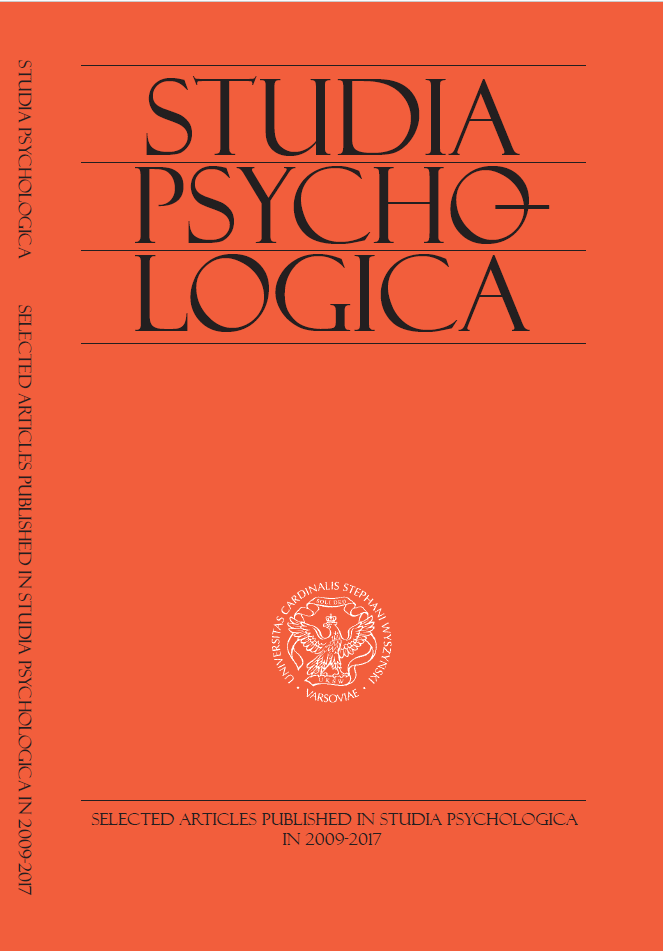The measurement of the analytical style of information processing. A preliminary verification of the tools: Cognitive Reflection Test (CRT) and Base-Rate Tasks Test (BRT)
The measurement of the analytical style of information processing. A preliminary verification of the tools: Cognitive Reflection Test (CRT) and Base-Rate Tasks Test (BRT)
Author(s): Piotr SzydłowskiSubject(s): Higher Education , Social psychology and group interaction, Cognitive Psychology, Experimental Pschology
Published by: Wydawnictwo Naukowe Uniwersytetu Kardynała Stefana Wyszyńskiego w Warszawie
Keywords: individual differences; dual-process theories; cognitive styles; analytic style; intuition;
Summary/Abstract: The article presents the preliminary verification of two instruments measuring the analytical style of information processing: Cognitive Reflection Test (CRT) by Frederick and Base-Rate Tasks (BRT) test by Kahneman and Tversky. The tests’ reliability was analysed, and their validity was preliminarily verified by looking for correlations of their results with the results of other instruments measuring individual characteristics of cognitive functioning, as well as differences between sexes and differences related to university faculties. The participants were 374 students, including 174 males and 200 females representing different faculties. The obtained results confirmed the instruments’ reliability (CRT: Cronbach’s α = .74; BRT: Cronbach’s α = .80). The results’ correlation with the results of another instrument measuring the analytical style – the Intuitiveness–Rationality (IR) questionnaire – was weak. The obtained data were similar to those found in the research by Pennycook, Cheyne, Seli, Koehler, and Fugelsang (2012), which proves the correct adaptation of the tests. Based on the conducted analysis, differences between sexes were shown (stronger analytical style was found in males), as well as differences connected with the choice of a university course (stronger analytical style was found in students of technical sciences and psychology).
Journal: Studia Psychologica: Theoria et praxis.
- Issue Year: 2021
- Issue No: Special
- Page Range: 179-189
- Page Count: 11
- Language: English

